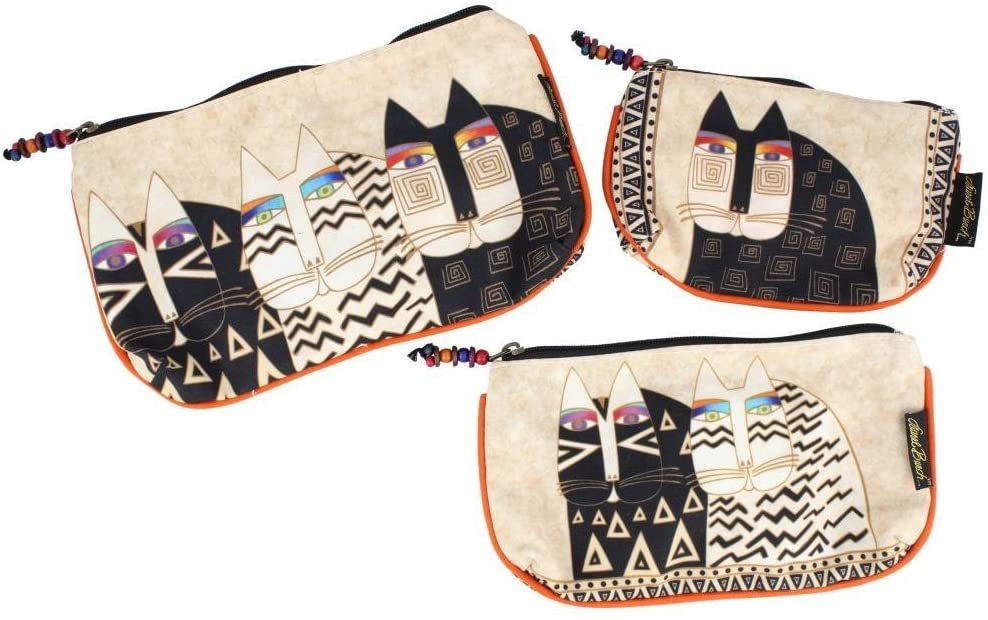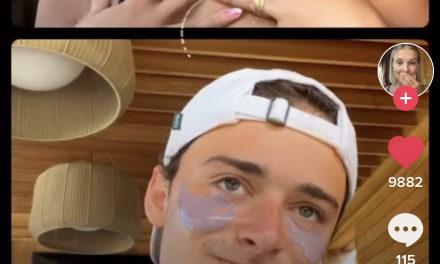One of the best and easiest ways to show off your unique sense of style is by coloring your hair. Or, maybe you’re like me and simply bore easily with your beauty choices. Either way, it’s the kind of pick-me-up that is initially exhilarating but can easily get stressful AF if you aren’t prepared for the maintenance that comes after. Between highlights, dyes, single process, and double process color, there are so many options out there for getting your hair just the way you want it. But even once you decide on what you want, you still don’t always know what you’re getting yourself into, whether it be at the salon or at home.
For instance, should you wash your hair before you dye it? Should you warn your friends and family that your appearance is about to change dramatically? (For the record, the answer to both is no.) Here are 10 things no one will ever tell you about coloring your hair—but should know.
Our mission at STYLECASTER is to bring style to the people, and we only feature products we think you’ll love as much as we do. Sally Beauty is a STYLECASTER sponsor, however, all products in this article were independently selected by our editors. Please note that if you purchase something by clicking on a link within this story, we may receive a small commission of the sale.
1. When to Get a Keratin Treatment

Sally Beauty.
If you’re getting a keratin treatment, it’s best to get it when you color your hair. Whether it’s directly after or within a couple of days, an at-home keratin treatment helps to seal in the color and prevent excess damage from bleach and other dye irritants.
2. Tricky, Tricky Multidimensional Color

Sally Beauty.
Multidimensional color can trick the eye into thinking there’s more volume, so don’t be afraid to have fun with different tones; especially if you have finer strands. If you look closely at photos of most celebrities, their hair isn’t just one shade: Universal hair-crushes like Miranda Kerr and Julianne Hough have multi-tonal dye jobs, which highlight their faces and give the illusion of more movement and body. For an at-home color option, check out the formula above (note: for blonde and platinum hair, we recommended seeing a professional for a consultation.)
3. You Need More Than Just Shampoo

Rahua.
Buy: Rahua Hydration Detangler + UV Barrier $32
Shampoo isn’t the only thing you need to buy to protect your color. Yes, you should be using color-treated shampoo and conditioner formulated specifically for your hair color, but you should also be using a color-protecting styling spray and a UV spray. Harmful UV rays can fade the color of your hair, making salon trips more and more necessary.
4. Use At-Home Cover Up

Color Wow.
Buy: Color Wow Root Cover Up $34.50
Whether you get a kit for root touch-ups or simply use a touch-up pen, stretch the amount of time between salon visits with a quick fix of your own. This best-selling powder brushes into roots to camouflage growth–and is even sweat-proof.
5. Use Moisturizer and Petroleum Jelly

Vaseline.
Buy: Vaseline Petroleum Jelly $6.59
Dripping dye onto your skin is a good look for no one. Use your regular moisturizer on your face, then apply a thin layer of petroleum jelly around your hairline before coloring—this way, your skin is protected, and you’ll be able to wipe off the color immediately once you’re done.
6. It’s OK to Mess Up

Color Oops.
Buy: Color Oops Hair Color Remover $14.99
Not that we recommend messing up, but it’s comforting to know that with products like Color Oops, your hair color catastrophe can be washed out completely if absolutely necessary.
7. No Ammonia, Coal Tar, and Lead Acetate

Revlon.
Buy: Revlon Total Color Hair Dye $6.98
There is a slew of gnarly ingredients that can hide in at-home hair color products, so you should keep an eye out for all of them. Ingredients like ammonia (which can completely dry and fry your hair) and lead acetate (uh, lead poisoning?) should be avoided like the plague. If possible, try to use the most natural hair color you can find, and talk with your colorist about which products they’re using.
8. Single vs. Double-Process Color

L’Oreal.
Buy: L’Oreal Colorista Bleach $9.89
A single process is exactly like what it sounds like: applying one color to the hair at one time. A double process requires bleaching out the hair—the first process—and then toning the color—the second process—to get the desired result. Double processing takes longer and is harsher on your hair, so you should be aware of that going into it.
9. Going Darker Is Less Damaging

Clairol.
Buy: Clairol Nice n Easy Hair Color $6.92
Going lighter means stripping hair of some color and moisture while going darker means depositing color into your hair. It’s the basic laws of subtraction and addition: Adding color is less damaging; removing your color is more damaging.
10. Leave Your Hair Dirty Before You Start

pH Plex.
Buy: pH Plex Full Service Kit $13.99
Color not only holds better to dirty hair—clean hair can be too slippery—but if you wash your hair before coloring, the dye or bleach may burn your scalp because it won’t have the natural oils to protect it. If you have to arrive with clean hair, try adding a little hair oil to your scalp to help create a barrier against bleach irritation or a scalp-protecting formula.
A version of this article was originally published in May 2015.






